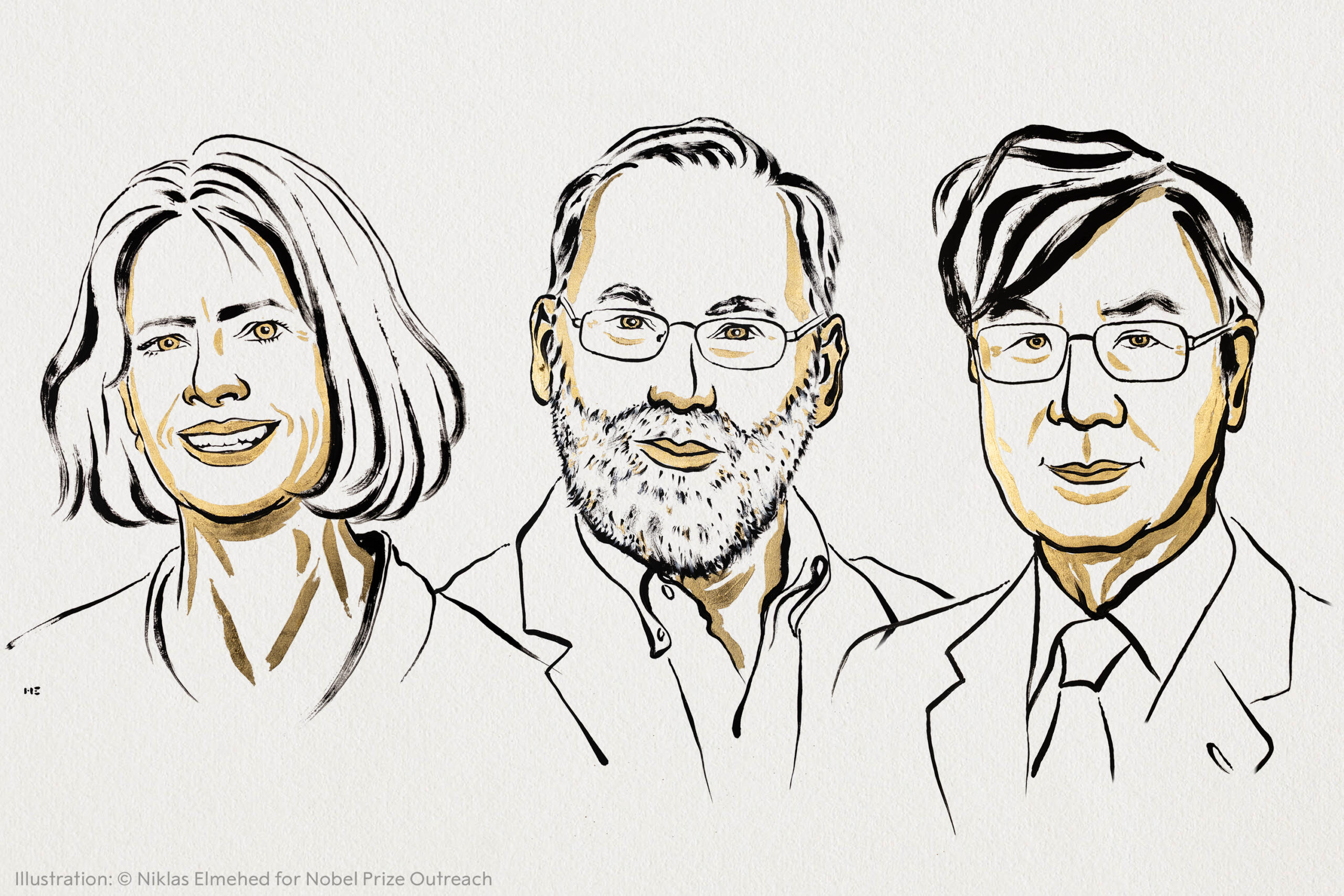
Just last year, a Breakthrough T1D-funded researcher won the Nobel Prize in Chemistry. This year, the Nobel Prize in Physiology or Medicine went to three immunologists… including one, Fred Ramsdell, who serves as a Scientific Advisor to Sonoma, a T1D Fund company.
Another year, another researcher with ties to Breakthrough T1D winning the most prestigious award in science.
Immune tolerance 101
The recipients, Mary E. Brunkow, Fred Ramsdell, and Shimon Sakaguchi, won the award for “their discoveries concerning peripheral immune tolerance.”
So what exactly is immune tolerance?
The body’s immune system is constantly waging war against microbes, viruses, and other things that could make us sick. However, it’s important to ensure that the immune system is only attacking foreign agents, rather than our own bodies.

Immune tolerance
Immune tolerance refers to the immune system’s ability to distinguish between self and non-self, preventing it from attacking the body’s own tissues.
A key player in this process is regulatory T cells (Tregs), which help suppress immune responses that could harm the body. This was a paradigm shift that started in the late 90’s.
Immune tolerance and T1D
If reading that description made you think, “Well, it sure feels like the Treg cells in people with T1D aren’t doing their job,” you are correct. Through decades of research, we know that Tregs are pivotal in preventing autoimmunity. If we can repair or replace defective Tregs, we can, ideally, halt the progression of T1D.
In T1D, the immune system mistakenly attacks beta cells in the pancreas, which produce insulin. Our work in disease-modifying therapies has two approaches:
1. Suppressing the “bad actors”
Targeting effector T and B cells that attack beta cells. This approach often requires ongoing treatment to maintain suppression (e.g., with drugs like teplizumab, which can delay T1D onset by a median of three years).
2. Enhancing immune tolerance
Enhancing immune tolerance by boosting or inducing Tregs to recognize beta cells as self, effectively retraining the immune system to stop attacking them. We believe this could lead to a long-term or permanent rebalancing of the immune system, potentially halting disease progression rather than just delaying it.
Fred Ramsdell and Sonoma
Fred Ramsdell is a brilliant scientist with deep connections to T1D. He is a cofounder of Sonoma Biotherapeutics, the former Chief Scientific Officer, and currently the Scientific Advisory Board Chair to the company.
Sonoma is focused almost exclusively on immune tolerance. They are developing engineered Treg therapies to restore balance to the immune system to treat autoimmune and inflammatory diseases—including T1D.
The other founders include CEO Jeff Bluestone, Ph.D.—a longtime Breakthrough T1D collaborator who was influential in the development of Tzield—and Qizhi Tang, Ph.D., co-director of the Breakthrough T1D Center of Excellence in Northern California.
A Breakthrough T1D priority
Our immune tolerance work spans every area of our cures research: early detection, disease-modifying therapies, and cell therapies.
Breakthrough T1D is currently funding nearly 40 projects across disease-modifying therapies and cell therapies aimed at rebalancing the immune system through enhancing regulatory mechanisms and providing lasting beta cell protection. (This includes a person’s own beta cells and transplanted cells.)
Importantly, Breakthrough T1D has been funding work to understand the role of Tregs and the development of therapies to enhance regulation for decades, including work by Jane Buckner that identified deficits in Treg number and function in T1D in 2008, opening the door for the first clinical trial of a Treg therapy in T1D in 2011 (funded by Breakthrough T1D).
Congratulations to all the recipients for their incredible work—work that we are applying to T1D so we can hopefully rebalance the immune system for good and get to our goal of cures, soon!